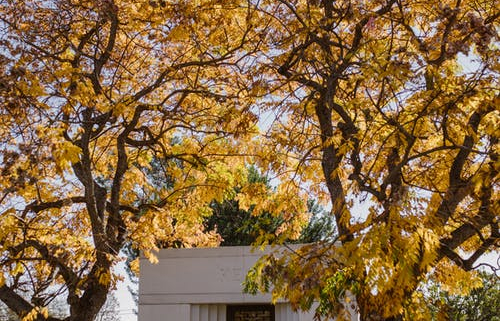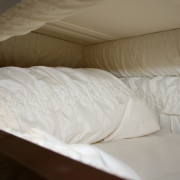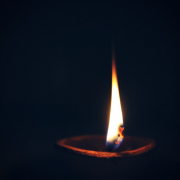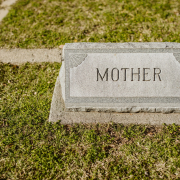What is a Mausoleum?
When you’re doing funeral pre-planning, one of the things you have to consider is your end-of-life arrangements. It can be confusing because there are many choices for your final resting place. The most traditional are burial plots with gravestones. Alternatively, there’s also a more ornate mausoleum. Though these are not as popular, this is an option for people who do not wish to be buried underground. If you’re looking for more info on mausoleums, you’ve come to the right place as we’ll discuss it in detail below.
The Characteristics of Mausoleums
A mausoleum is a physical structure above ground that functions to house the remains of a deceased person. The remains can be held in a casket, or it could be inside an urn post-cremation. Then, they are placed in a crypt, which is a stone vessel that is sealed well to keep out moisture and other environmental elements. The process of placing the crypt inside a mausoleum is called entombment.
This above-the-ground burial concept is nothing new. Historically, during ancient Egyptian times, they’ve been entombing people in chambers, as seen in the Pyramids. Moreover, the term mausoleum refers to the Persian King Mausollos and his Mausoleum of Halicarnassus, which is dubbed as one of the Seven Wonders of the World.
Different Kinds of Mausoleums
People usually choose above-ground burial over an in-ground one due to several reasons. It may be due to soil quality in a locality, personal preference, or family tradition. There are many types of mausoleums, which families configure based on their needs, preferences, and budget. Mausoleums can be found in either public or private land, with varying sizes and layouts. Some families build big structures so they can share one final resting place.
It is common for mausoleums to have seats so that visiting loved ones can convene comfortably when they commemorate anniversaries or come for a visit “just because.” Some mausoleums come with climate control and sound systems. Meanwhile, other mausoleums are outdoor for a garden type-setting.
Notably, crypts which are the containers that house the remains, come in a broad range of sizes too. Usually, a crypt is big enough to hold the remains of one person. But that’s not always the case. Check out the different crypt sizes below:
- Single: can accommodate one person
- Side-by-side: holds two individuals resting with each other horizontally
- Family: has the capacity to hold more than two people
Bear in mind, the price of building a mausoleum varies greatly based on location, size, privacy, and other customization preferences. Usually, even a single mausoleum is more expensive than a simple burial, but for families who opt for this, they believe the additional costs are well-worth it..
Considerations for Building a Mausoleum
When you’re building a mausoleum, especially one that’s on public property, the primary consideration is upkeep. Traditional below-the-ground burials don’t need much upkeep because a simple headstone serves as the marker. In contrast, mausoleums require continuous maintenance to keep them neat. For non-garden settings with an enclosed area, ventilation and temperature are important to avoid the onset of molds and mildew within the premises.
Another primary consideration is location. A loved one’s final resting place must be accessible to family and friends. A convenient location makes it very easy for people to visit and pay respects to a deceased loved one.
Advantages of Choosing a Mausoleum
Some people, especially those who make pre-funeral arrangements, opt for a mausoleum. They may feel uneasy about the idea of their body being placed underground, and they just prefer to stay above-ground due to personal preference.
Other families prefer the security and privacy offered by a mausoleum structure. Since there’s a separate structure, not just anyone can gain access to the mausoleum. On top of that, the mausoleum provides protection for the crypt itself against environmental elements, which can be important if your locality is subject to flooding.
Make Pre-Planning a Priority
When it comes to choosing the final resting place, it can be done ahead by the person in a living will or the family can make the delicate choice when their loved one passes. Pre-planning details is a smart choice because you don’t leave your family burdened with the details. Although some say it is morbid to plan ahead, holding this difficult conversation and creating a plan is actually the most caring thing to do.
You reduce the stress for your loved ones when your time comes. Instead of fretting over details, they can simply honor and celebrate your life. They no longer have to worry about anything and just follow your wishes as you laid them out ahead. If you wish to give this gift to your loved one, speak with an experienced funeral director for more guidance on funeral pre-planning and end-of-life services.












